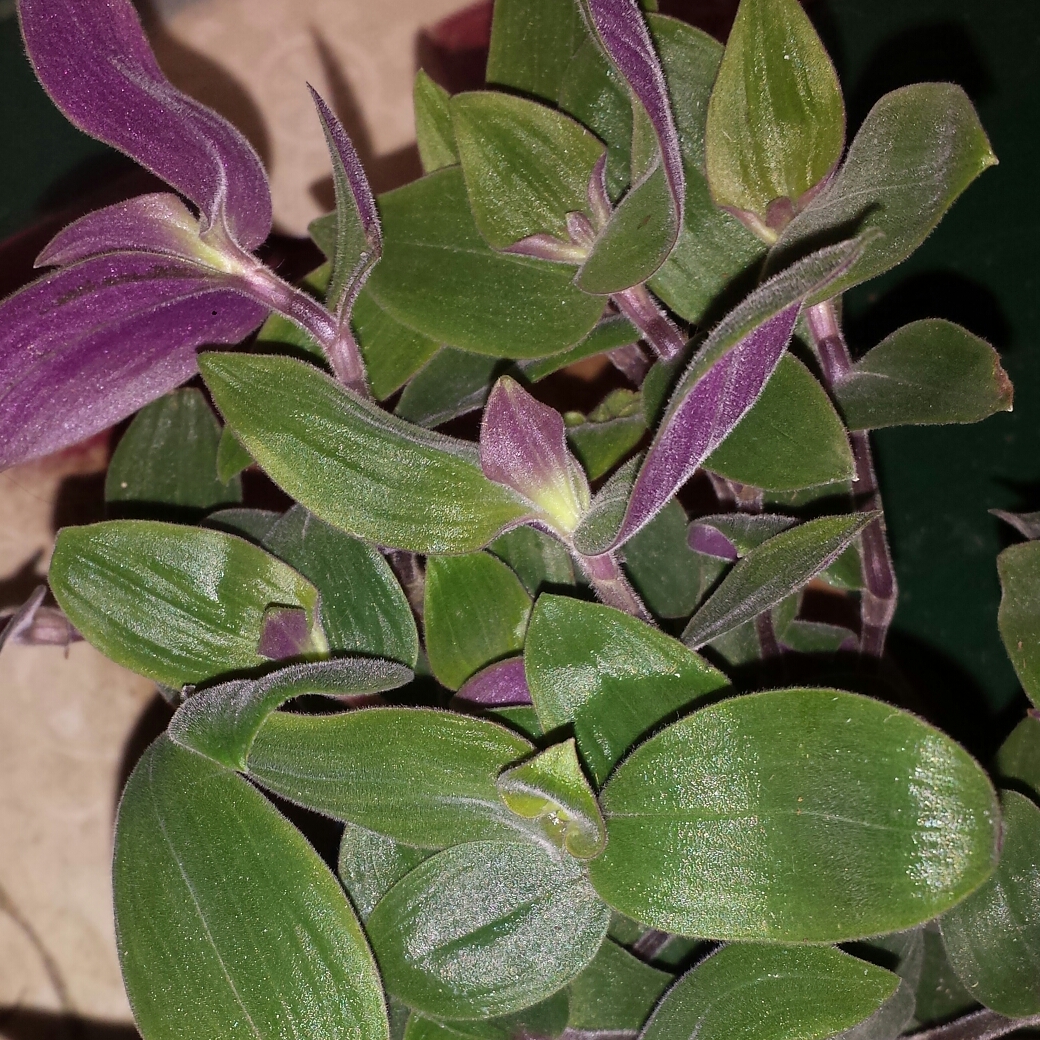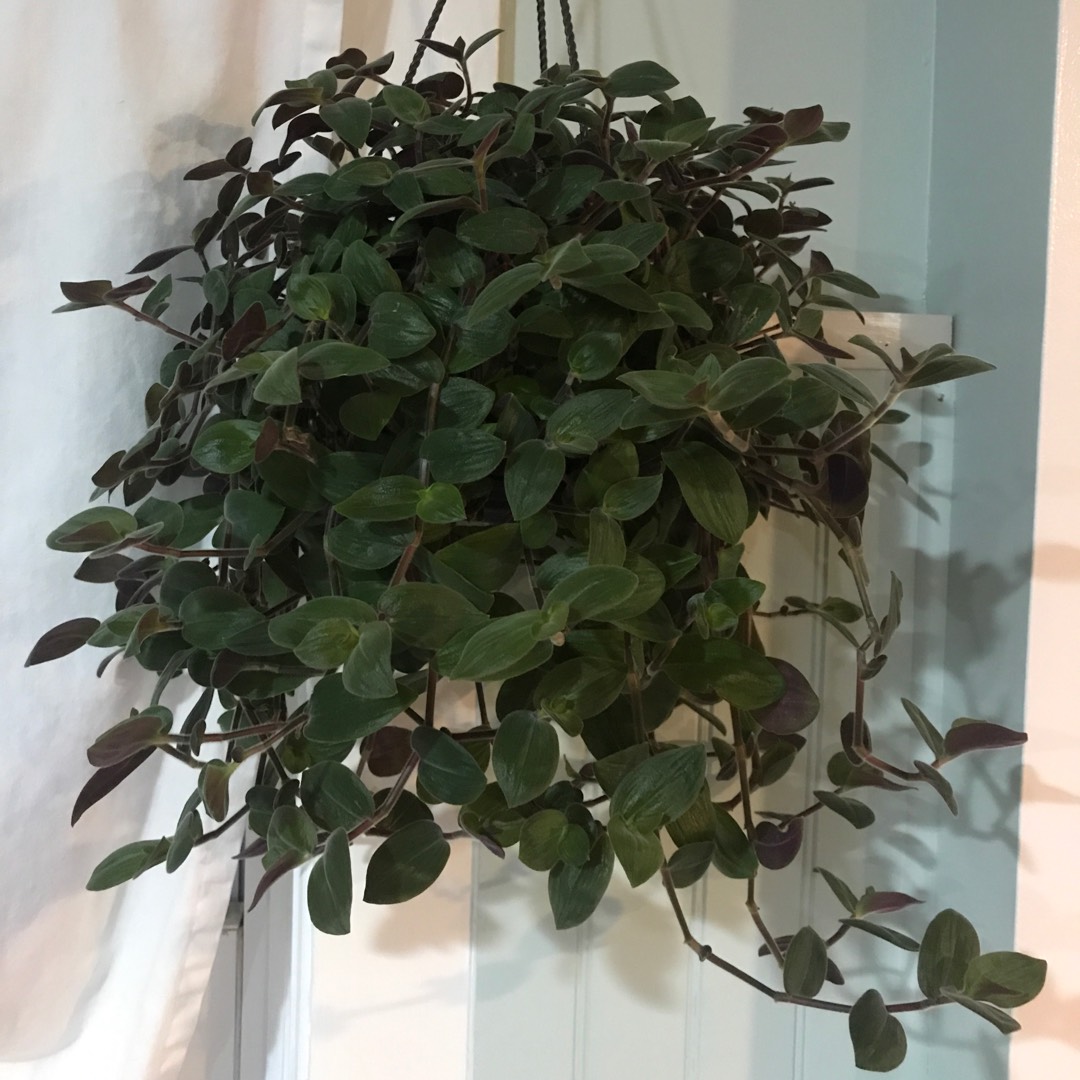
Tradescantia chrysophylla 'Baby Bunny Bellies'
Speedy Jenny 'Baby Bunny Bellies'
Tradescantia are climbing or trailing plants which will thrive indoors in good light. They are also known by other names: spider-lily, cradle-lily, oyster-plant and flowering inch plant. The stems trail to about 60cm or more.
Contributed by @andiegail2002
-
Full sun to partial shade
-
Very little water
-
Not Frost hardy
-
Moist and fertile
Common name
Speedy Jenny 'Baby Bunny Bellies'
Latin name
Tradescantia chrysophylla 'Baby Bunny Bellies'
type
Perennial
family
Commelinaceae
ph
6.0 - 7.5 Acid - Neutral
Plant & bloom calendar
-
Best time to plant
full grown dimensions
 0.60 M
0.15 M
0.60 M
0.15 M
Tradescantia chrysophylla 'Baby Bunny Bellies'
Tradescantia are climbing or trailing plants which will thrive indoors in good light. They are also known by other names: spider-lily, cradle-lily, oyster-plant and flowering inch plant. The stems trail to about 60cm or more.
Planting young plants
From Early Spring TO Early Spring
Wandering Jews require full sunlight, especially the variegated types. Keep them above 17C (63F), although they will survive down to a few degrees above freezing in winter. Re-pot small plants annually in spring, but large plants can be fed once a week instead of re-potting. Pinch out regularly to promote bushy growth. House plants are best replaced every two or three years.
Propogation by cuttings
From Early Spring TO Late Winter
Wandering Jews can easily be propagated by taking tip cuttings at any time of the year. Place in a tumbler of water until the cutting has rooted and then re-plant in fresh compost.



























